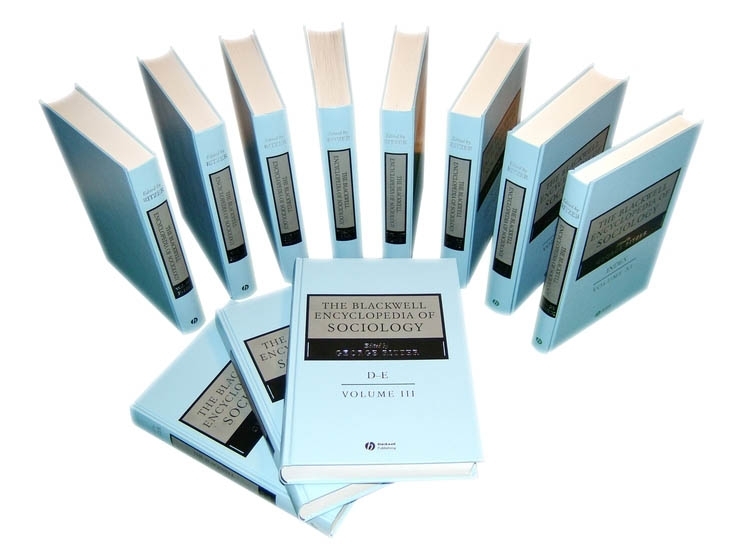Age, Period, and Cohort Effects
Abstract
Age–period–cohort (APC) analysis is a technique widely used in the social sciences to disentangle the different roles of age, period, and cohort effects on a given outcome. Although age, period, and cohort are recognized as inter-related temporal dimensions, APC analysis treats them as observed indicators of underlying causal factors. This makes it difficult to identify unique APC effects because, while the causal factors are thought to vary independently, the temporal dimensions are deterministically related, leading to the well-known identification problem. Alternative methods, such as period and cohort analysis, focus on characterizing observed trends and patterns in the data, and provide valuable insights that help circumvent the limitations inherent in the APC paradigm.



